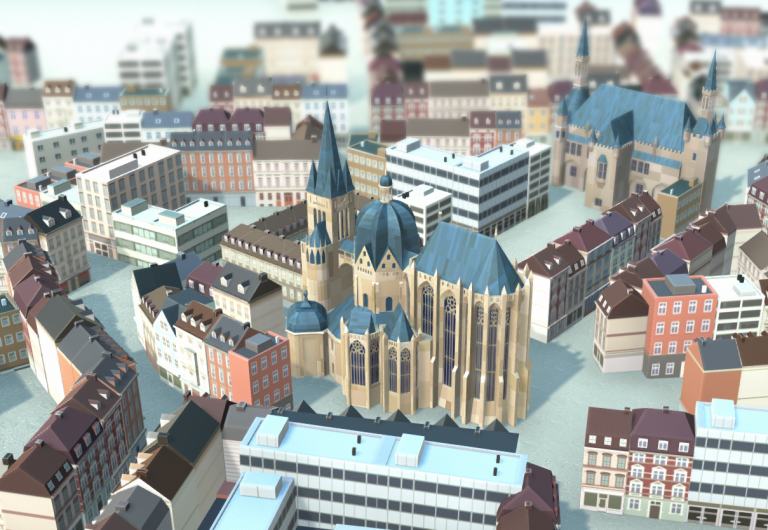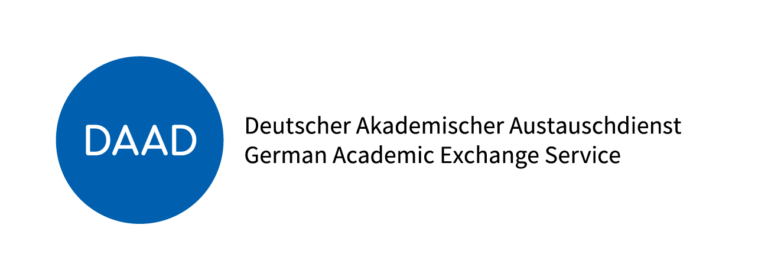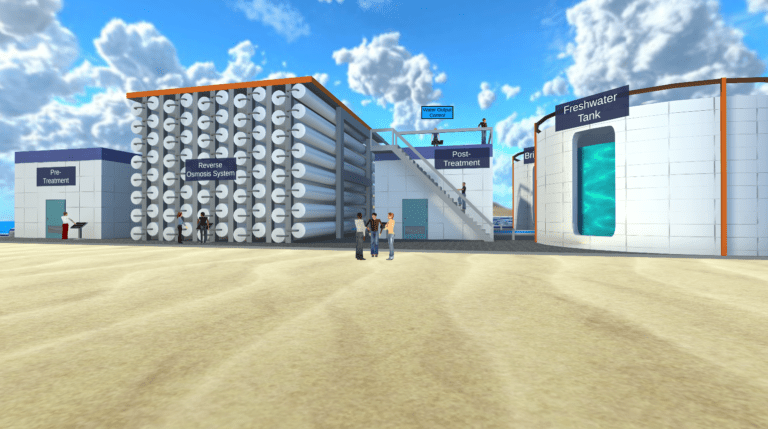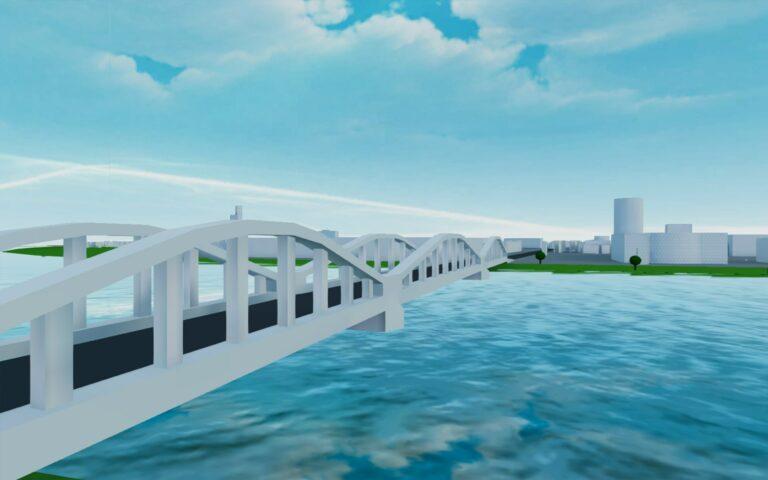In close collaboration, RWTH Aachen University and Politecnico di Milano have created a co-teaching project to bring students and teachers closer together in a sustainable way through avatar-based virtual reality (ABVR). Both universities can thus contribute to internationalization, strengthen digitization strategies, and improve their resilience to COVID-19 and future challenges through virtual collaboration. In the summer semester of 2022, students will for the first time have the opportunity to benefit in two different newly developed joint water-energy semester projects by using their expertise in the respective fields, by being mentored by multidisciplinary lecturers and by using the ABVR tool. IT experts from both partner universities contribute to the smooth virtual experience, student mentoring, and continuous development and implementation of new features based on user* feedback. The ABVR tools are based on the open-source software developed by RWTH Aachen University with support from the BMBF for the DAAD within the MyScore project. If you are interested in further information about the project and avatar-based teaching and learning in virtual reality, please contact us.

StadtWasserFluss
In this project, game-based learning modules are developed to be used for teaching in the field of heavy rain prevention, protection and awareness raising. Heavy rain is a phenomenon that is caused by climate change.




